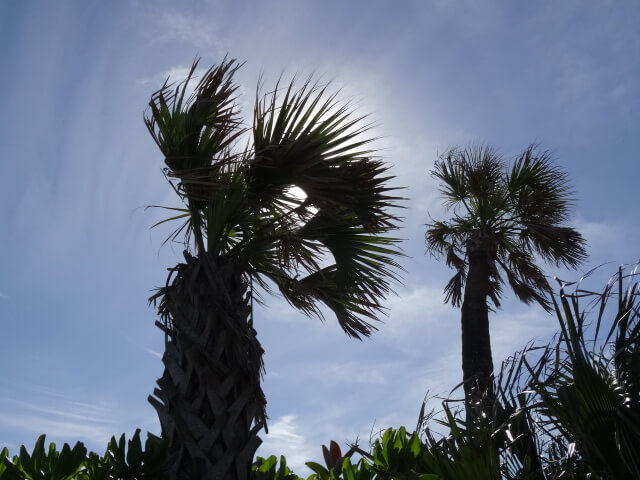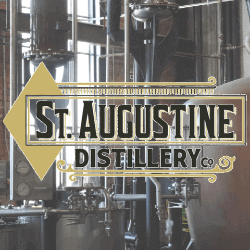Henry Morrison Flagler’s first hotel in Palm Beach was the 439-room Royal Poinciana which opened in 1894. It was called the “Queen of Winter Resorts” and was considered the largest resort hotel in the world. In order to build the Royal Poinciana and the Florida East Coast Railway at the same time, black workers were brought from the Bahamas. They lived in a segregated camp, called the “Styx” without running water and electricity.In the center of the six-story building was a large rotunda from which ran several miles of corridors. There were lounges, parlors, drawing rooms and a casino. The interiors were designed with the utmost care and taste. The building was enlarged in 1899 and again in 1901. The hotel was the center of social activity for the wealthy and fashionable. Approximately 1400 employees were on duty during the open season, usually from December to April. In addition to the gala annual Washington Birthday Ball, there were cake walks, teas, balls, dances and expensive catered social events. Extensive outdoor activities included two 18-hole golf courses, tennis courts, motor boats, wicker wheel chairs, bicycles and a mule-drawn trolley car to and from the beach. There were two swimming pools, one with “fresh” sulphur water and one with salt water from the ocean.Unlike his hotels in St. Augustine which were built of stone and coquina, Flagler used wood for the Royal Poinciana. In season, the Royal Poinciana Hotel employed 400 waiters, 287 chambermaids; it had a separate dining room for the lower echelons of hotel staff, another for first officers, a third dining room for the second officers, a fourth for servants of the guests, and a fifth for children. The staff had its own orchestra for their dances and other social functions. The head housekeeper had a three-room suite. Outdoor activities were very popular at the Royal Poinciana including golf, tennis, boating and fishing and more. In an unfortunate manifestation of the racism of the day, African American bicyclists pedaled guests seated in attached wicker chairs called “Afrimobiles”.The hotel contained a spacious dining room, fancy shops and an “Ask Mr. Foster” travel office. Outdoor activities included ocean swimming, boating, tennis, golf and day trips on the hotel’s houseboat. The hotel was so popular that it was expanded in 1899, 1901 and 1929 with new guestrooms, dining rooms and a new greenhouse restaurant. Some wealthy guests arrived in their own private Pullman cars which housed their servants during the vacation.The hotel had the back-of-the-house boiler rooms, generators, kitchens, laundry and staff housing in separate buildings. An 1894 souvenir brochure showed the layout of the laundry and praised its up-to-date technology. Advanced techniques were also evident in the unique fire escape equipment. Each guestroom was equipped with a rope ladder that allowed guests to be lowered mechanically to the ground level. These ladders had seats and galvanized fixtures with ladder hooks.After Flagler built the Royal Poinciana; he became a major benefactor of the area. He built houses for his employees, contributed to public funds for the contribution of West Palm Beach’s prominent buildings. He gave a plot of lands for a municipal cemetery. He also built a Catholic Church in the city because a large number of his employees were Catholics.Flagler’s second hotel in Palm Beach was the unpretentious Palm Beach Inn, about a quarter mile east of the Poinciana on the Atlantic Ocean which was built as an annex for bathers and swimmers. It became as popular as the Poinciana with its name changed to the Breakers Hotel. It was destroyed by fire in 1903, rebuilt in 1906 and destroyed again by fire in 1925.*excerpted from “Great American Hoteliers: Pioneers of the Hotel Industry” (AuthorHouse 2009)
Use the above source link for see the entire story!







